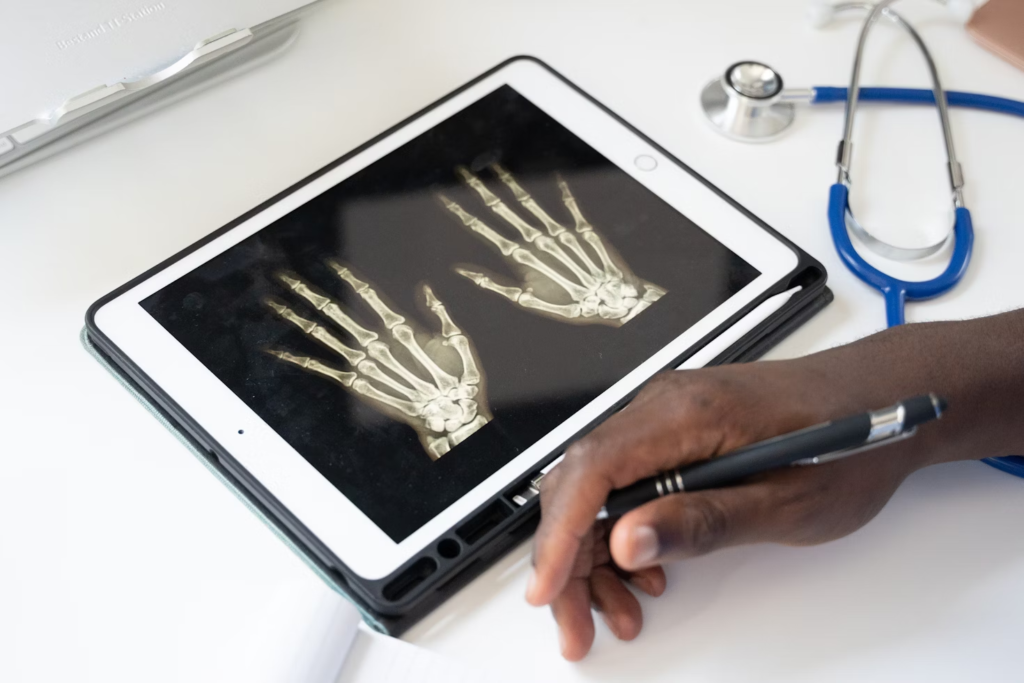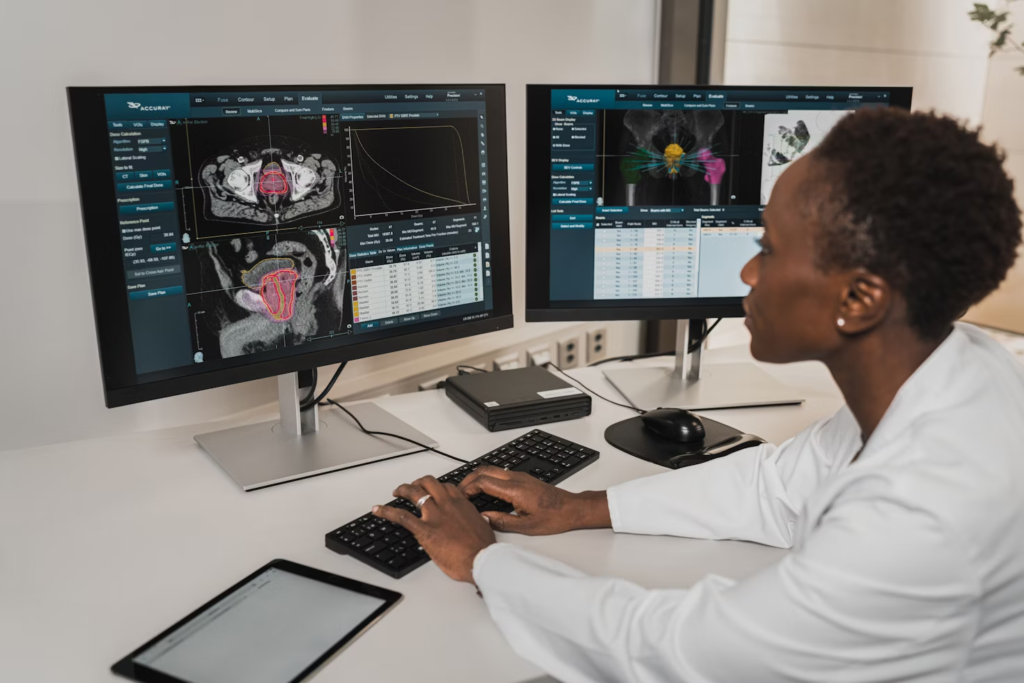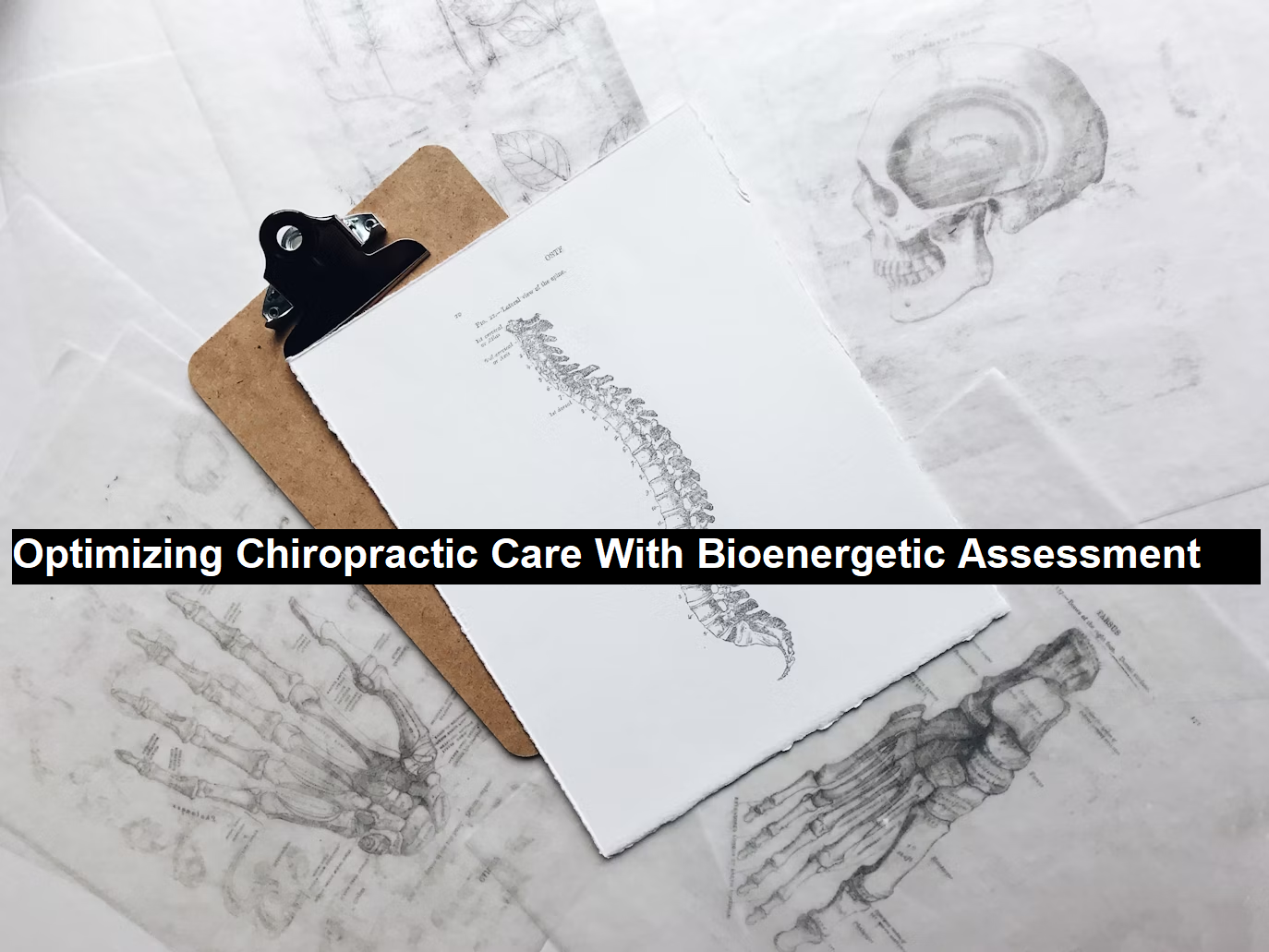Optimizing Chiropractic Care With Bioenergetic Assessment
There’s much more to chiropractic care than adjusting subluxations. Offering a variety of holistic treatments empowers you to provide patients with multifaceted care, naturally leading to optimal results. Additionally, from a business perspective, expanding your service menu lets you target a broader customer base.
From X-rays to activators, chiropractic care is constantly evolving. Keeping up with the latest advancements and trends is the key to staying at the forefront of your profession. Bioenergetic testing is a perfect fit for chiropractors, as it focuses on the mind-body connection and how energetic pathways play a role in our overall health and wellness.
Read: Crafting a Sensory-Friendly Sanctuary: Designing Homes for Individuals with Autism
What Is Bioenergetic Assessment?

Bioenergetic assessment is a non-invasive way to gain insight into the biological information stored in our bodies. By testing saliva and hair samples, practitioners can pinpoint factors that are causing physical, mental, and emotional imbalance and stress.
A bioenergetic assessment can reveal a great deal of information, including sensitivities to certain food ingredients or environmental stressors, hormonal imbalances, nutritional deficiencies, and cellular stress, among others. Furthermore, the scan can show energetic patterns associated with toxins, such as heavy metals, viruses, bacteria, parasites, chemicals, and mold.
This knowledge allows you to fine-tune your approach to each individual, providing a personalized treatment plan based on data from the bioenergetic test. Some common concerns that may call for a bioenergetic assessment include stubborn body fat, leaky gut, brain fog, fatigue, hair loss, and allergies.
The History of Bioenergetic Assessment
The general idea of bioenergetic assessment isn’t new — evaluating energy flow has been practiced for centuries — but today, the field is more relevant than ever.
People from all walks of life are realizing that taking a holistic approach to health care can be quite effective. The science behind the mind-body connection has been proven in countless studies, and the technologies that allow health care providers to use this knowledge in real-world applications is advancing at a rapid pace.
While bioenergetic testing is part of an incredibly long tradition of evaluating and manipulating energy as part of a health plan, its origins can be traced back to the 1920s and ‘30s.
During this time period, Wilhelm Reich — a psychoanalyst and doctor of medicine — wrote several highly influential books, setting the stage for numerous innovative mind-body therapies, including bioenergetic assessment.
In the 1940s, an acupuncturist named Reinhold Voll discovered that a person’s energy flow could be disrupted by their environment. In addition to acupuncture, Voll and other health practitioners recommended lifestyle shifts that could restore energy flow, such as exercising, dieting, and taking supplements, for example. This marked the dawn of modern bioenergetic therapy.
In 1953, Alexander Lowen, a physician and psychotherapist who was also a former student of Wilhelm Reich, developed bioenergetic assessment. In 1956, he partnered with two of Reich’s other students, William Walling and John Pierrakos, to found the International Institute for Bioenergetic Analysis (IIBA) in New York.
Bioenergetic Assessment in the Modern Era

Now that you have a fundamental understanding of the methodology and origins of bioenergetic assessment, the next step is to implement it in your practice. Fortunately, these days, the analysis tools are both comprehensive and accessible.
In fact, many patients seek out their own bioenergetic assessments that can be taken from the comfort of home. Instead of waiting for a patient to bring their test to you, you can easily provide this service for them, testing in-house and then recommending health care treatments based on the findings.
The good news is that you can add bioenergetic assessment to your repertoire without needing to make a major investment in testing equipment. Partnering with a reputable bioenergetics organization is a simple way to incorporate bioenergetic assessment into your offerings. All you need to do is collect your patient’s hair and saliva samples and send them to the testing facility.
Once you receive the results, you can communicate with your patients how to interpret the information and then provide expert guidance on lifestyle changes and treatments.
For example, if you learn that the patient has sensitivities to certain foods, you’ll be able to recommend the safest methods for losing weight based on their unique needs. Or, say they have a nutritional deficiency. You could recommend or sell them relevant supplements.
Beyond helping you to provide more effective care for your patients, having data to back up your recommendations instills trust. Being able to point to specific factors that could be causing your patients’ concerns helps them to feel more confident in both you and your treatments.
What’s the Next Step?

If you’re interested in providing bioenergetics assessments for your patients, you’re already on the right track. The first step is to simply learn all about it. Take some time to research the field to ensure that it’s an ideal fit for your practice, and that you’ll feel confident recommending it.
Once you’re ready to move forward, reach out to a trusted bioenergetics organization and consider the affiliate program. Not only can bioenergetics professionals guide you on your journey, but you may be able to take advantage of programs with perks for health practitioners, such as bulk testing discounts, ongoing consultations for test results, and private labels.

